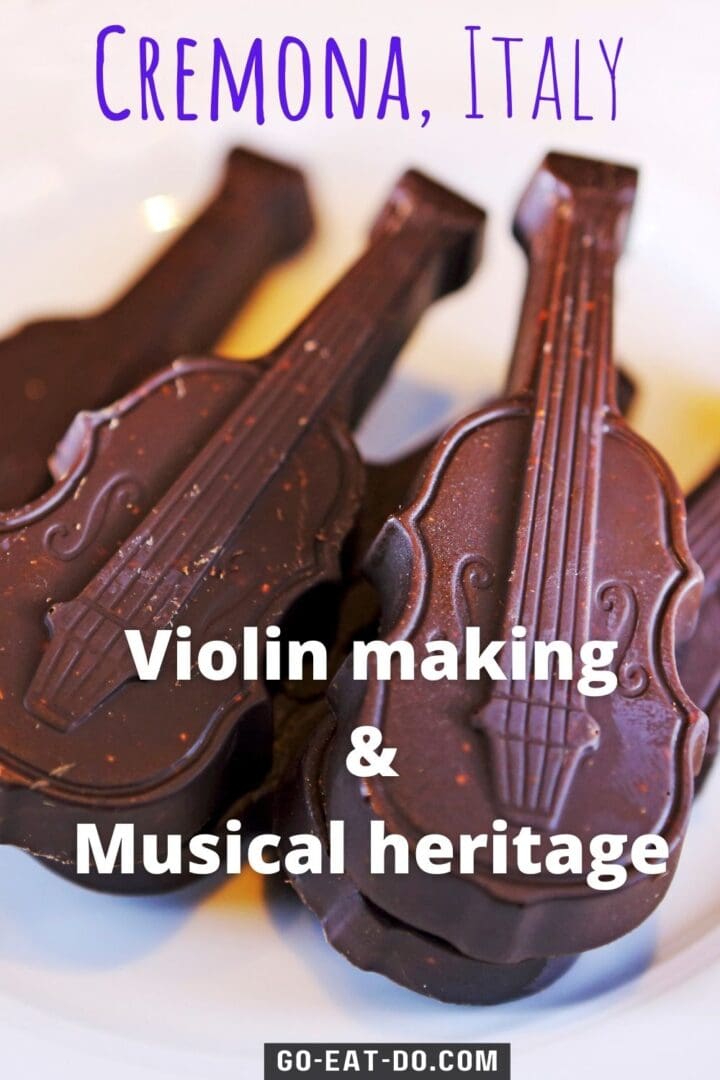Stuart Forster travels to the Lombardy region of northern Italy to discover in the heritage of classical music and violin makers in Cremona, Italy.
Disclosure: Some of the links below and banners are affiliate links, meaning, at no additional cost to you, I will earn a commission if you click through and make a purchase.
Milan’s Teatro alla Scala ‒ the La Scala Theatre ‒ counts among the world’s premier opera houses. Since 1778 the venerable venue has been attracting music aficionados to northern Italy.
The region is also the place from which violins played by concertmasters in many of the world’s leading orchestras originate. For centuries, the city of Cremona, 100 kilometres southeast of Lombardy’s regional capital, has been the base for some of the world’s finest stringed instrument makers.
Master luthiers such as Andrea Amati and Francesco Rugeri had their workshops in Cremona. So too did Guiseppe Guarneri del Gesù and Antonio Stradivari. The latter is widely known as Stradivarius, the Latinised form of his surname.
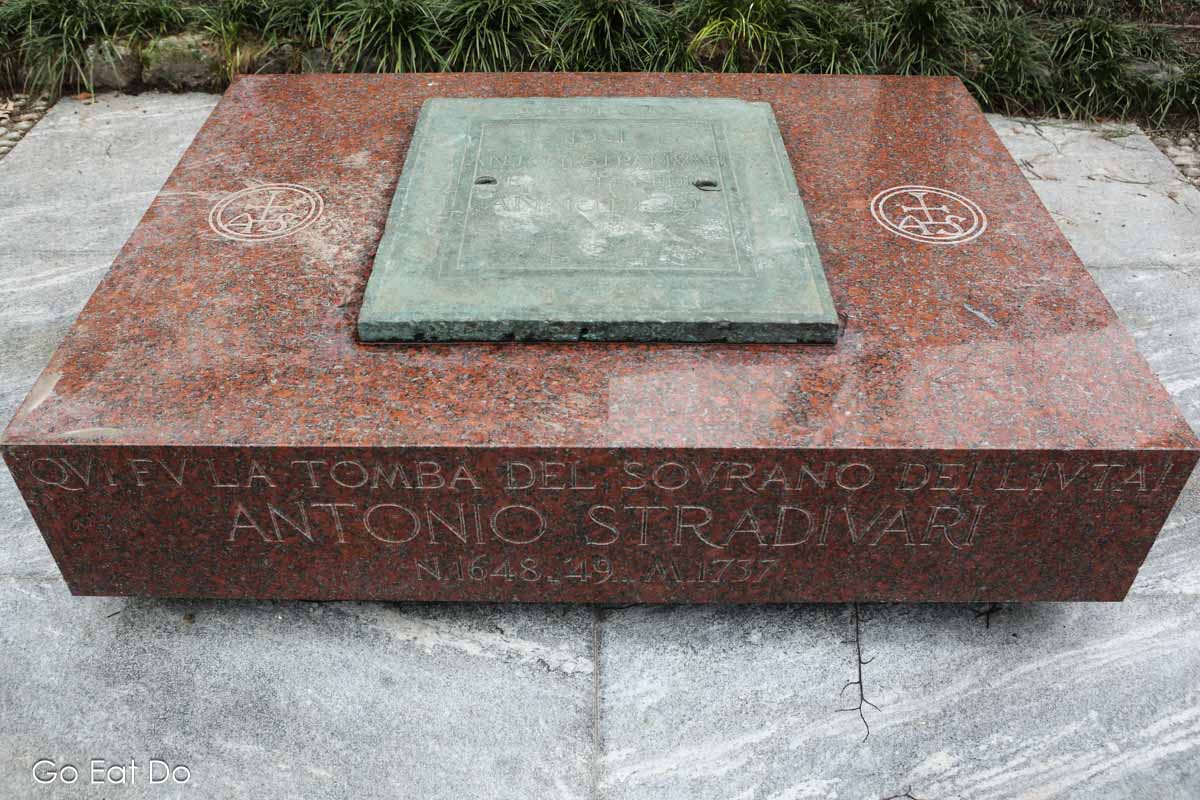
Cremona Violin Museum
Their story is told at the Museo del Violino ‒ meaning ‘Violin Museum’ in English ‒ at the Piazza Marconi.

The techniques used to make violins and other string instruments have, fundamentally, changed little since Antonio Stradivari’s death in 1737. The art of violinmaking lives on in the city, whose heart is the Piazza del Comune, the location of the 12th-century Cremona Cathedral.
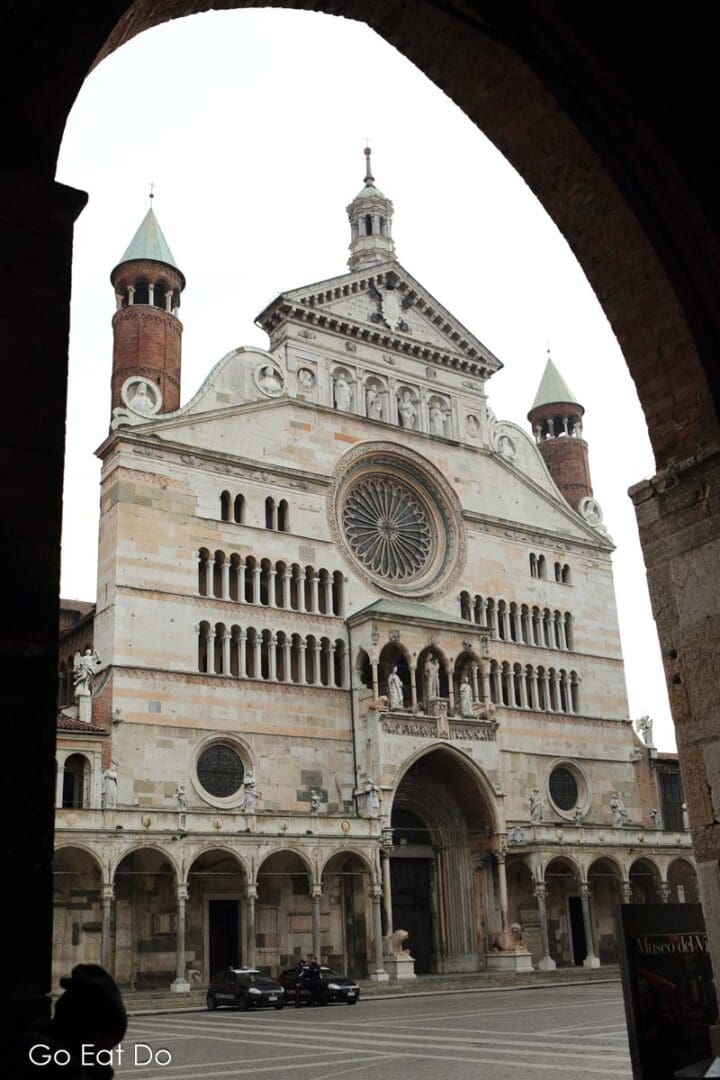
Violin makers in Cremona
Meander through streets a couple of minutes’ walk from the cobbled square and you’ll stroll past the long-established workshops of luthiers, including that of Stefano Conio, who began learning his craft as a youngster by watching his father at work.

Stefano’s workshop smells of freshly cut wood, glue and lacquer. Curled shavings of pale wood and sawdust lie on the desk where he works, wearing an apron over his T-shirt. Instruments in various stages of completion hang on walls; from their scrolling necks and on wires by the window.
Making a quality violin is not a task that can be rushed. Shaping and tuning an instrument takes time. Wood, of course, is organic and every piece has its own characteristics. For Stephano, making each violin is a labour of love.
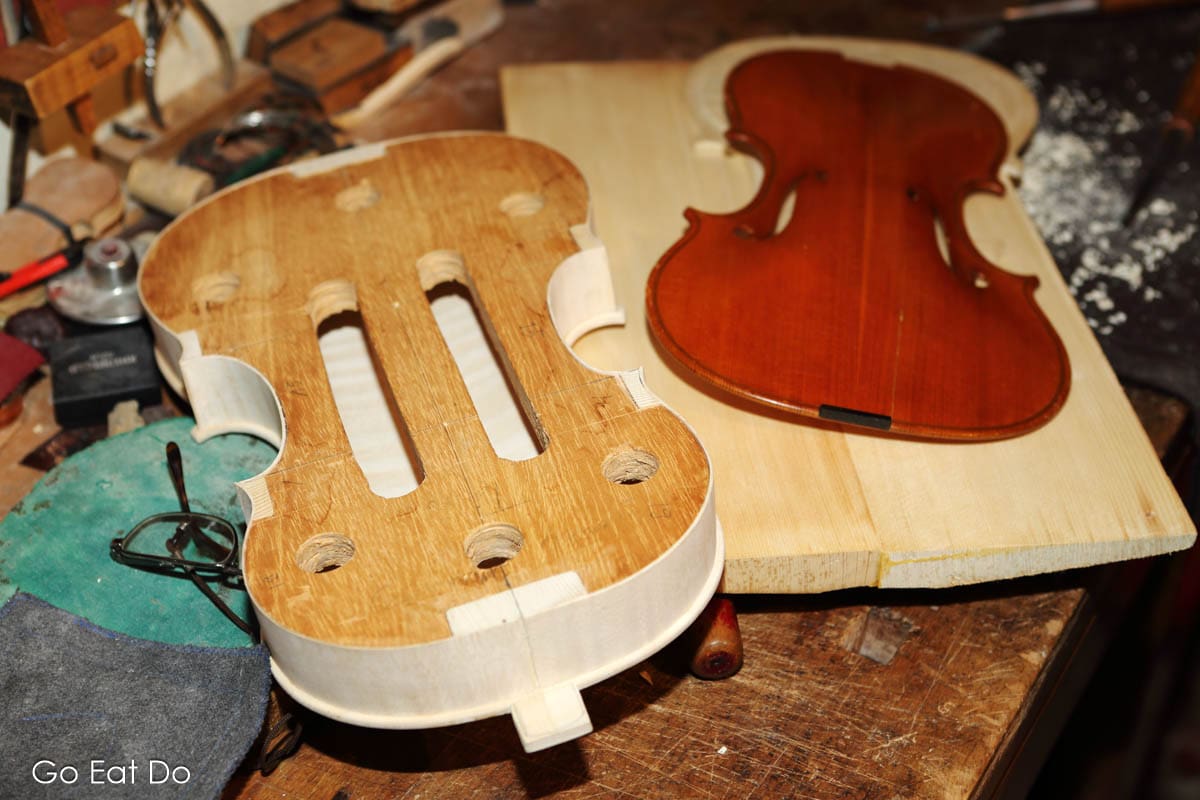
Cremona International Violin Making School
Techniques employed by Cremona’s luthiers are passed through generations of families. Newcomers to the trade can learn how to craft violins and other string instruments at the Scuola Internazionale di Liuteria ‒ the Cremona International Violin Making School ‒ located in the Via Colletta. The institution was established eight decades ago, disseminating techniques that evolved in the city, which has a rich musical pedigree.
That becomes apparent in the public garden at the Piazza Roma. The square is the location of a marble-based memorial to Antonio Stradivari, who died in the city in 1737. It also has a memorial for Amilcare Ponchielli, the 19th-century composer whose name was given to the ornate theatre, with four levels of boxes, on the Corso Vittorio Emanuele. The Teatro Amilcare Ponchielli opens its doors to visitors for guided tours when not hosting performances.
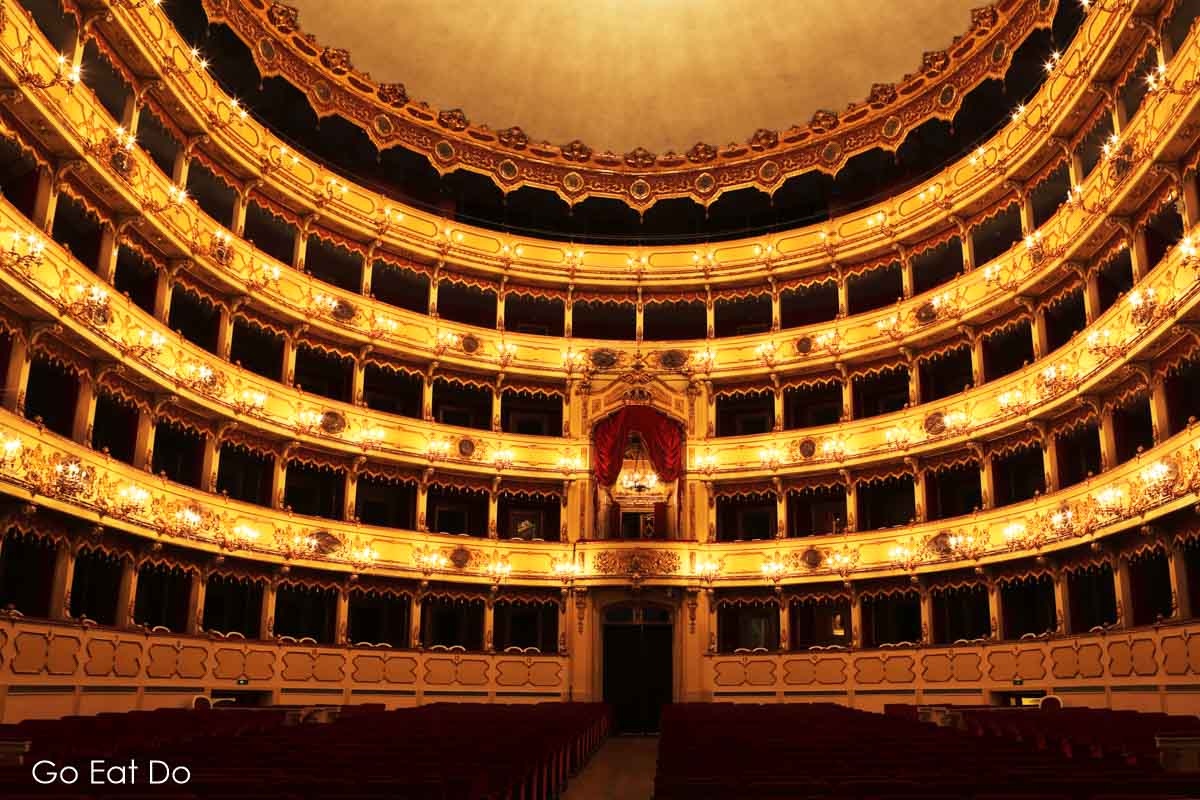
Monteverdi Festival
The Teatro Ponchielli is one of the venues of Cremona’s Monteverdi Festival, whose 2023 edition will take place between 16 and 25 June. The annual festival is a celebration of music from the Renaissance into the Late Baroque era. It is named after the composer Claudio Monteverdi, who was born in Cremona in 1567. That was approximately three decades after luthier Andrea Amati crafted the first instrument resembling a modern violin.
A moustachioed bust of Monteverdi also stares out at the Piazza Roma. Historians regard Monteverdi as a key figure in the evolution of music and the development of opera. L’Orfeo, which he composed in 1607, continues to be performed.
Cremona Cathedral’s master of music
A student of Marc’Antonio Ingegneri, the maestro di capella or ‘master of music’ at Cremona Cathedral, Monteverdi’s first compositions were published in Venice when he was aged 15.
In the last decade of the 16th century, Monteverdi moved to Mantua to compose music at the court of Duke Vincenzo I Gonzaga. His generous patron was a member of a ruling family whose legacy of grand building commissions include the Te and Ducal Palaces, making the city, 65 kilometres east of Cremona, worthy of a visit.
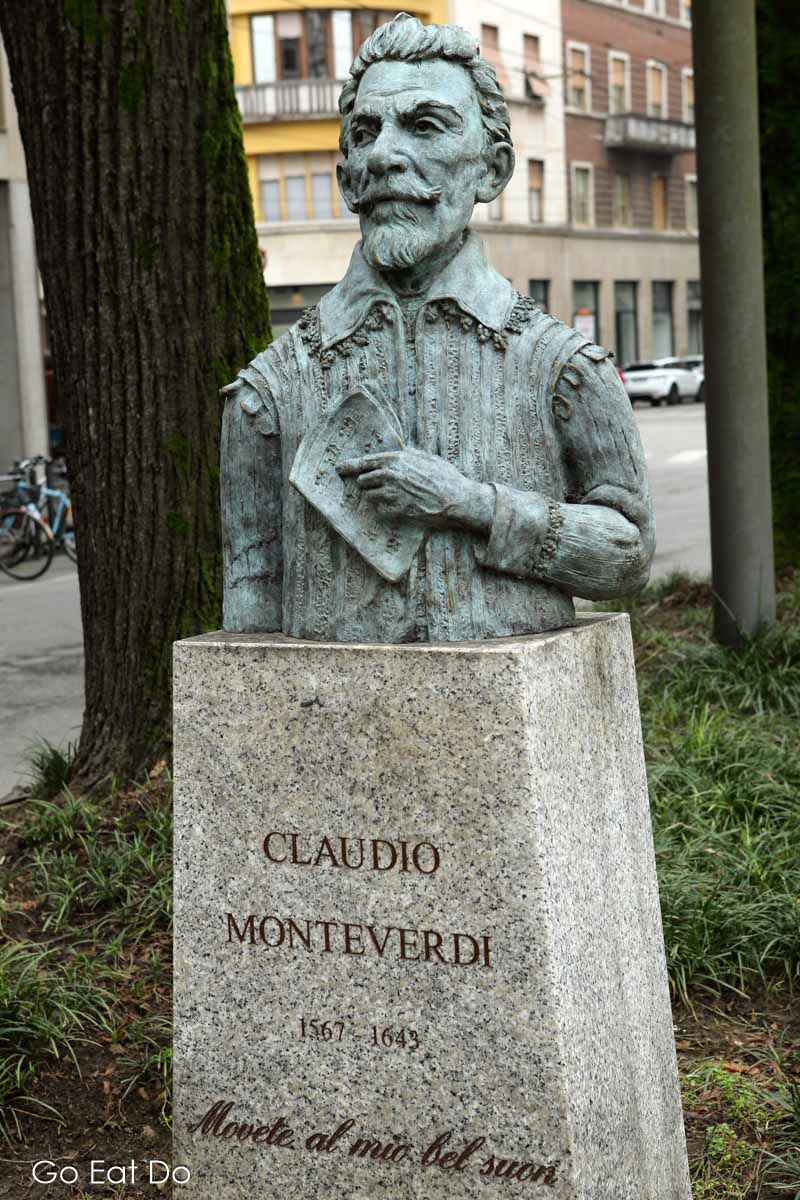
In time, Monteverdi, himself a player of stringed instruments, became the maestro di capella in Mantua.
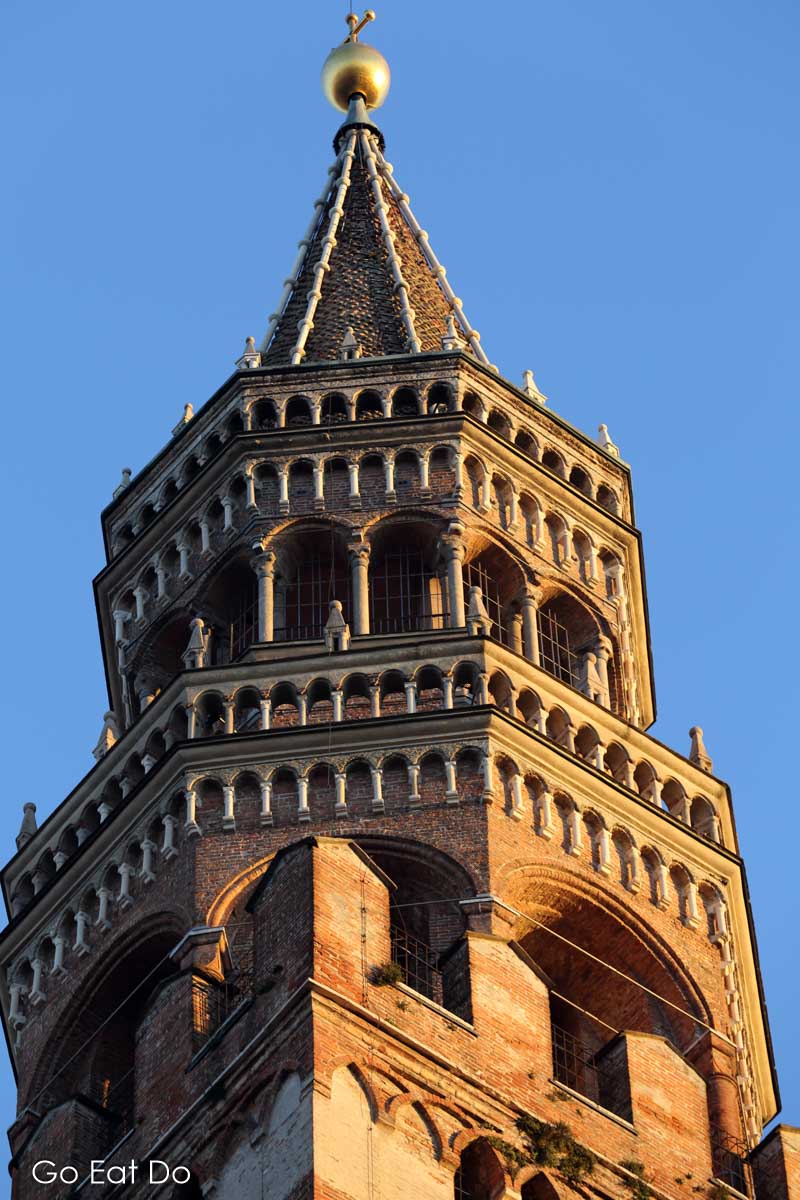
Cremona violins
Cremona’s Museo Civico Ala Ponzone, a civic museum, is home to historic musical instruments collected by Carlo Alberto Carutti, including mandolins, guitars and hurdy-gurdies. The collection also encompasses violas and violins. To view a far grander assembly of those instruments and to understand their provenance, it’s worth spending time within the Museo del Violino.
Tools and moulds from Antonio Stradivari’s workshop are displayed within the interactive museum. It houses the master craftsman’s Il Cremonese violin, dating from 1715, plus other high-value instruments produced by renowned craftsmen in city workshops.
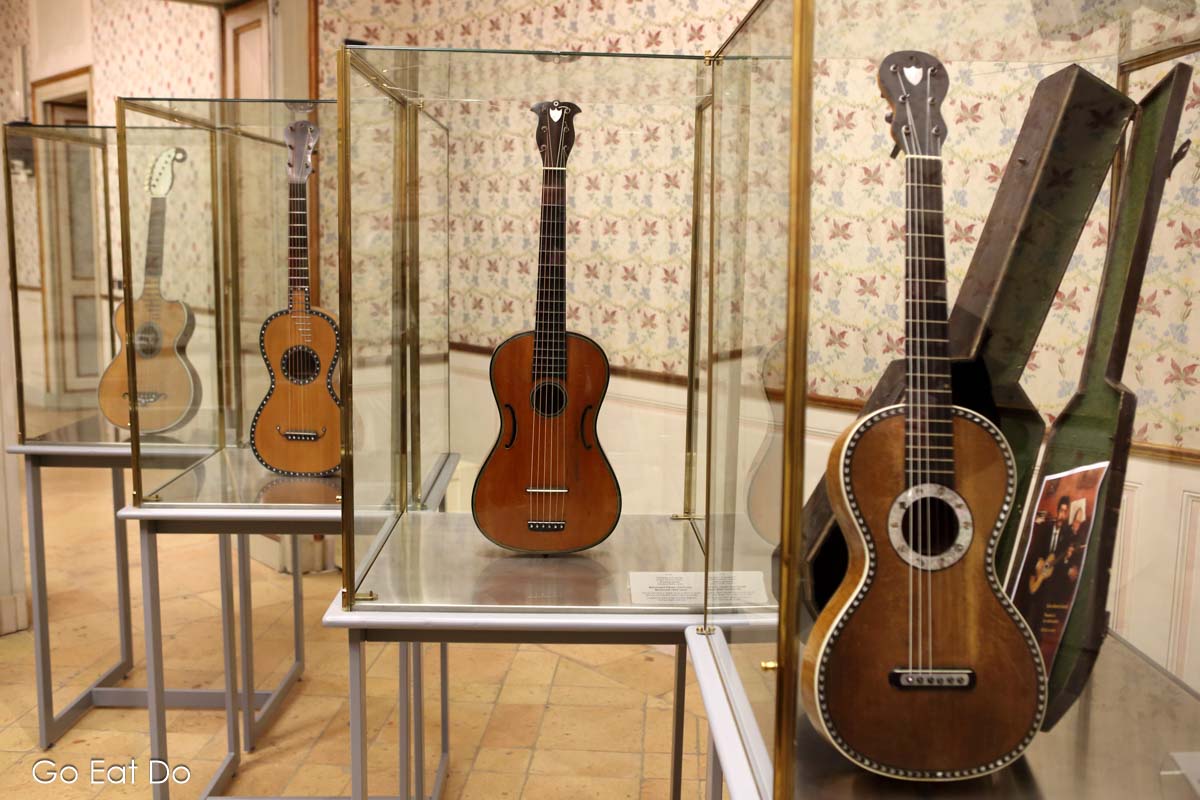
Those historic instruments are displayed in glass cases in a subtly illuminated gallery. Occasionally, they are played in the museum’s state-of-the-art Giovanni Arvedi Auditorium.
Antonio Stradivari
Instruments that are entered into the International Antonio Stradivari Violin Making Competition are tested in the 464-seat theatre. The 17th edition of the competition, which is held every three years, will take place in 2024. The Museo del Violino displays instruments entered into the prestigious competition, which is open to professional instrument makers based anywhere in the world. Luthiers and musicians judge the entries.
Winning entries of the International Antonio Stradivari Violin Making Competition are displayed in the Museo del Violino. For lovers of classical music, Cremona may well hit the right note.
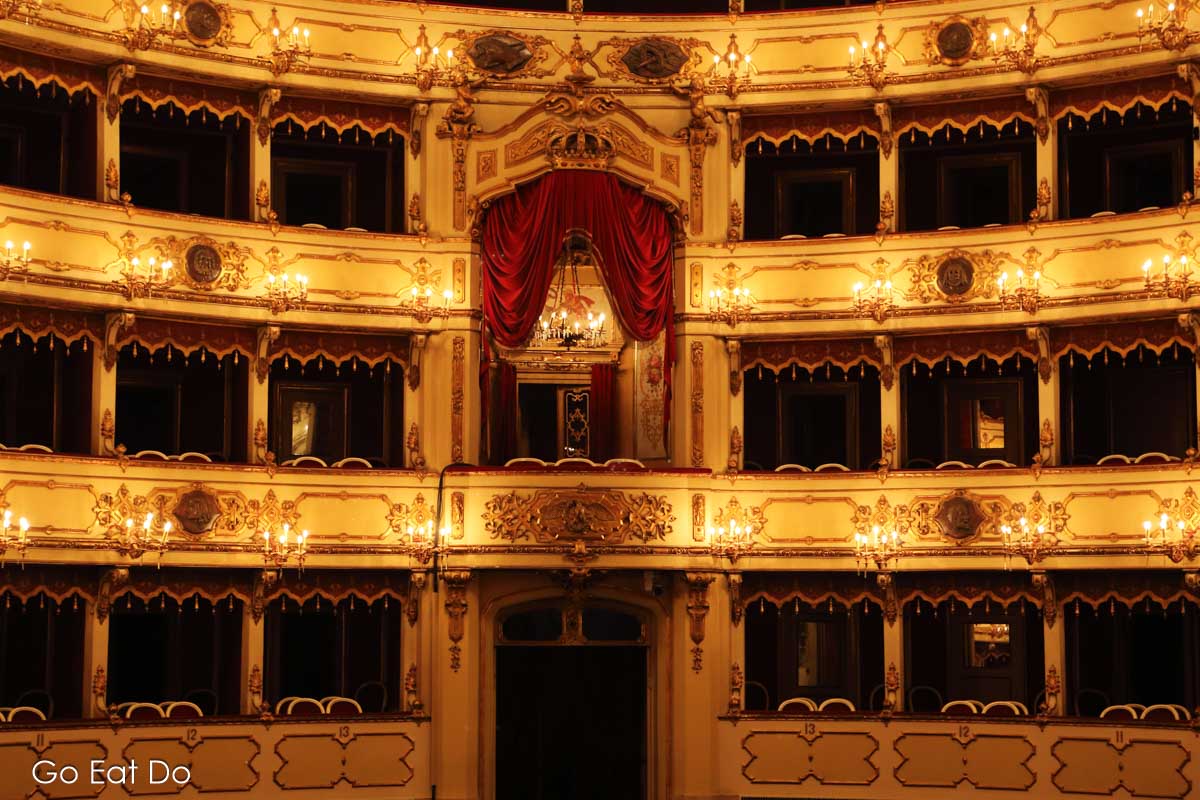
Travel to Cremona
Cremona lies approximately 100 kilometres southeast of Milan. People flying to Italy can touch down in either Milan Malpensa or Milan Linate airport.
Travelling by train to Milan and then onward to Cremona is also an option. The journey from Milan Centrale railway station to Cremona can take as little as 68 minutes on direct trains.
Driving from Milan to Cremona on the E35 and E70 takes around 90 minutes in optimal conditions.
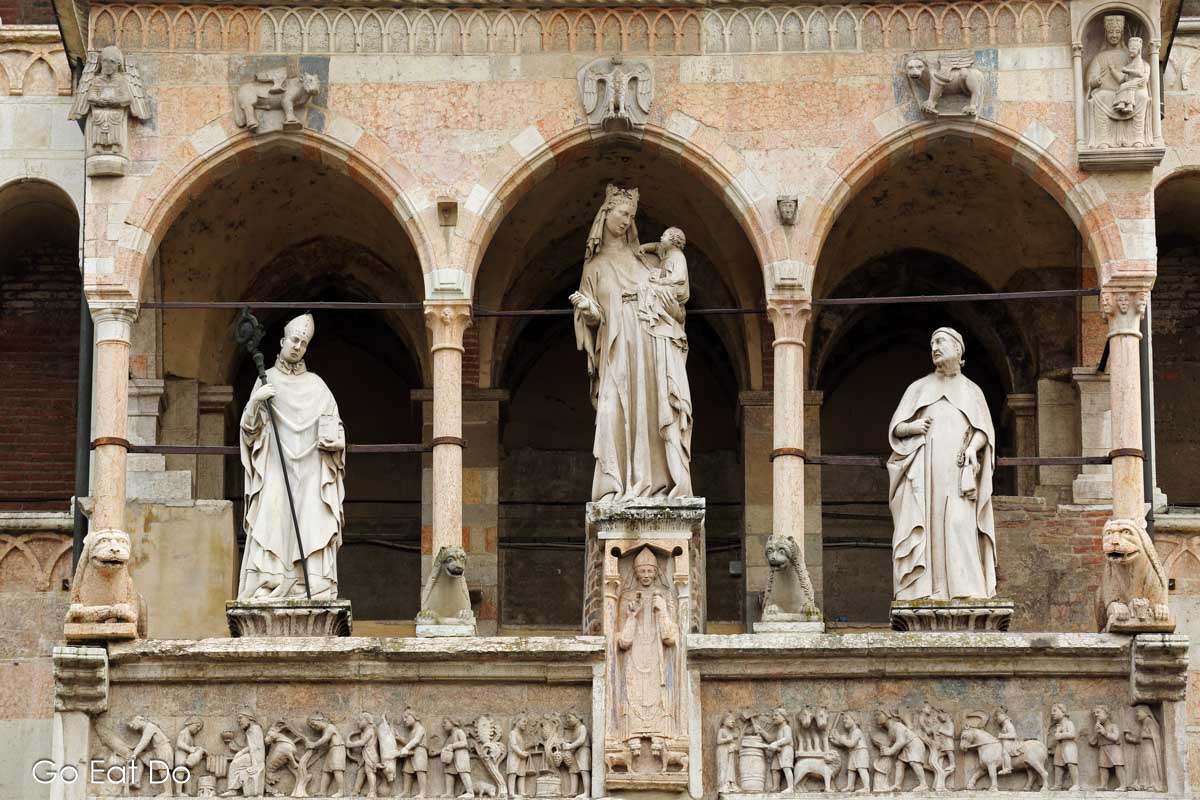
Map of Cremona, Italy
The map of Cremona, below, shows some of the principal places of interest in the city. Zoom into the map to view it in more detail:
Books about Cremona and violin making
Keen to know more about Cremona, the surrounding region and violin making? You can buy the following books from Amazon:
Blue Guide Lombardy, Milan & the Italian Lakes.
The Cremona Violin by E. T. A. Hoffman.
The Rough Guide to Italy.
Violin Making: A Practical Guide by Juliet Barker.
Further information
Visit the Italian Ministry of Tourism website for information about things to do in Italy.
The In Lombardia website details tourist attractions in Lombardy, including a page about things to do in Cremona.
Stuart Forster is an award-winning travel writer based in northern England. He has written for publications including Discover India, National Geographic Traveller and Weather2Travel. He was presented with the Netherlands Press Awards’ Travel Writer of the Decade award in 2020.
Thanks for visiting Go Eat Do and reading this post about the heritage of classical music and violin-making in Cremona, Italy. Interested in visiting Lombardy? You may be interested in reading about a food and fashion tour of Milan. If you appreciate the sound of violins being played well, you might like this post about the Gustav Mahler Conducting Competition in Bamberg, Germany.
Photos illustrating this post are by Why Eye Photography.
‘Like’ the Go Eat Do Facebook page to see more photos and content.
If you enjoyed this post, please sign up for the free Go Eat Do newsletter. It’s a hassle-free way of getting links to posts once a month.
A version of this post was initially published on Go Eat Do on 18 February 2023.
